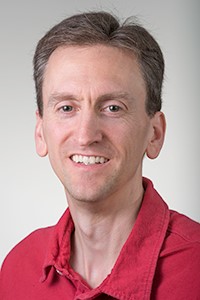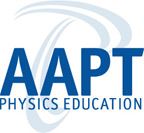- Home
- What We Do
- Laboratory Immersions
- Immersions 2019
- Imm2019UWRF_HeNe
Open Cavity HeNe Laser Experiments
University of Wisconsin – River Falls, July 12-14, 2019, 4 setups (8 participants)

At a minimum, participants in this Immersion will:
Align the laser cavity to make it lase
Optimize the laser power
Investigate and control the transverse mode structure of the laser beam
Use the Brewster angle phenomenon to make the laser produce a polarized beam
Investigate the electronic transitions involved in the lasing process by viewing the spectrum of the spontaneous emission of the laser tube.
If time allows, participants may investigate the longitudinal mode structure of the laser, use mechanical Q-switching to make the laser operate in a pulsed mode, make a ring cavity laser, or other extensions.
Safety: exposed high voltages and laser light will be present during the experiment, but laser safety glasses will be available as needed.

Lowell McCann is a professor at the University of Wisconsin – River Falls, where he teaches a wide variety of physics courses including Advanced Lab and Optics. He is biased toward experimental physics, and in particular toward undergraduate experiments that require students to build their setups starting with an empty table.
Lowell McCann, Univ. of Wisconsin – River Falls, Physics Dept.
410 S. 3rd St. , River Falls, WI 54022. Email: Lowell.McCann@uwrf.edu





